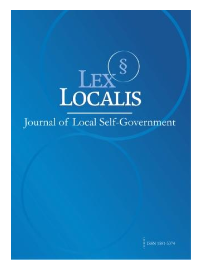OPERATIONAL EFFICIENCY OF PRIVATE BUS SECTOR IN KERALA WITH RESPECT TO MALAPPURAM DISTRICT
DOI:
https://doi.org/10.52152/801465Ključne besede:
Operational Efficiency, Private Bus Sector, Kerala, Malappuram District, SERVQUAL Analysis, Structural Equation Modeling, Passenger Perception, SPSS, AMOSPovzetek
This study investigates the operational efficiency of the private bus sector in Kerala, with a specific focus on Malappuram district. Drawing insights from CPPR’s assessment of private bus performance indicators such as daily utilization (250 km), passenger count (3,200/day), and fuel efficiency (3.25 km/l), the study highlights the sector’s resilience despite regulatory restrictions. A structured questionnaire was administered to a sample of 450 regular private bus passengers across key terminals in Malappuram using purposive sampling. The data was analyzed using SPSS 27.0 and AMOS 24 to perform SERVQUAL gap analysis and Structural Equation Modeling (SEM). A novel integrated framework combining route-time design metrics with perceived safety as a moderating variable was adopted, adapted from recent behavioral intention models. Comparative insights were also drawn from KSRTC’s BOND service study and passenger satisfaction analysis. The study aims to propose actionable policy recommendations for enhancing the operational sustainability of private buses in semi-urban Kerala.
Prenosi
Objavljeno
Številka
Rubrika
Licenca
Avtorske pravice (c) 2025 Lex localis - Journal of Local Self-Government

To delo je licencirano pod Creative Commons Priznanje avtorstva-Nekomercialno-Brez predelav 4.0 mednarodno licenco.








